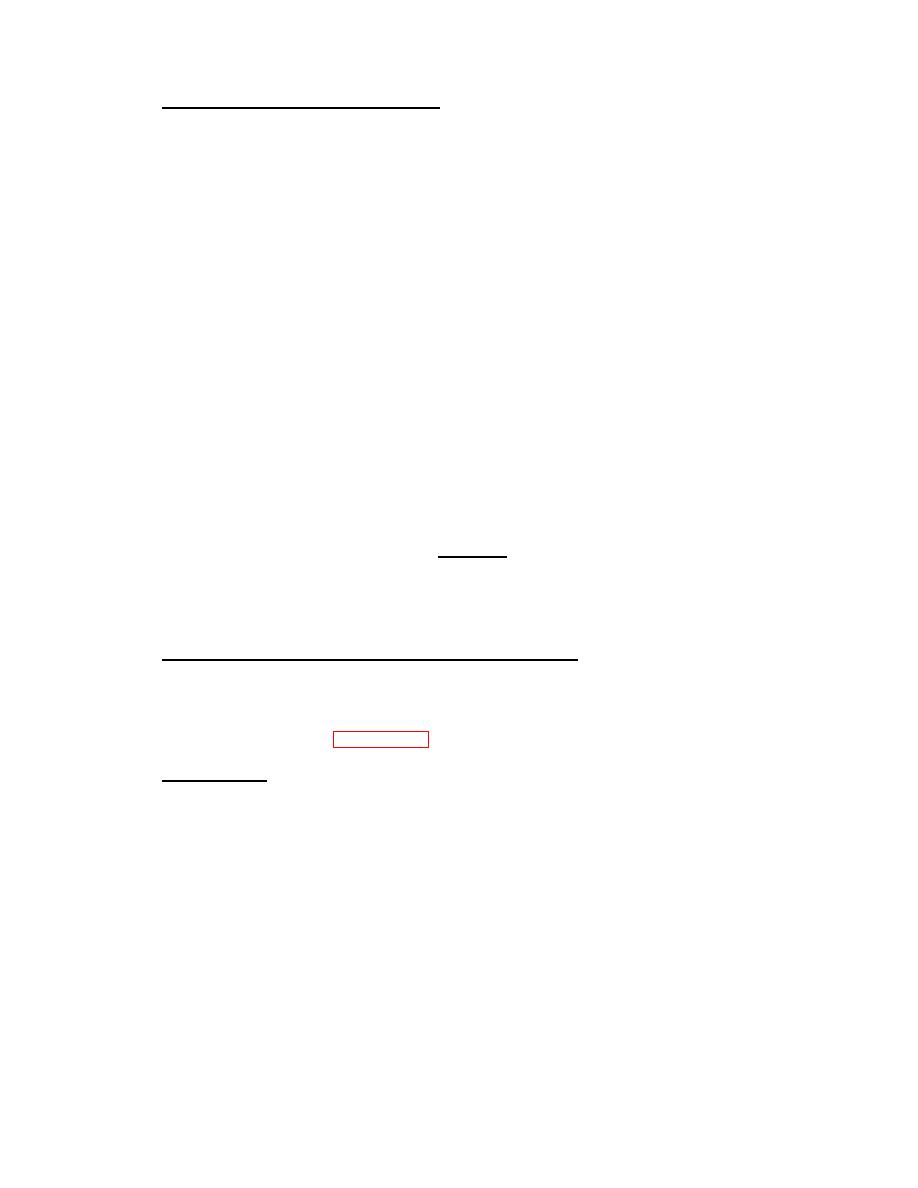
| Tweet |

Custom Search
|
|

|
||
 TM 55-1905-223-SDC
8-20. APPLICATION TO VERTICAL SURFACE. The sequence in the application of a simple flat patch to a
vertical flat surface, shall be:
a. Follow carefully all preparation instructions. Use goggles and gloves provided with the repair kit.
b. Lay the first ply of woven roving cloth of a flat surface. Starting at one end, pour the resin hardener
mixture, spreading evenly with a spatula over the entire area. Work toward the opposite end. Care should be
taken to ensure that the edges are well impregnated.
c. Coat the surface to be patched by rubbing with impregnated cloth.
d. Center the impregnated cloth over the damaged area.
NOTE
Center the next ply over the preceding one and use the spatula to work out air bubbles
and wrinkles.
e. Position the PVC covering over the plastic patch and press firmly.
f.
Position the backup plate over the plastic patch and press firmly.
g. Position the necessary strongbacks and shoring to hold the backup plate in place.
CAUTION
When the temperature around the patch is below 50 F., the careful application of heat from infrared lamps
will speed up the curing of the patch. Excessive heat may make the patch porous and impair its
effectiveness.
8-21. APPLICATION TO OVERHEAD OR HORIZONTAL SURFACE. In the application of a flat patch to
the over head or the underside of horizontal flat surfaces, vertical flat surfaces must be prepared with
additional precaution taken to support the weight of the patching materials as they are being applied.
Because of weight, the successive layers of impregnated (liquid resin hardener) woven roving cloth will have
a tendency to pull away from the area to be patched. For this reason, a minimum of two men should be
employed during these operations. FIGURE 8-11 illustrates the overhead or horizontal flat surface patch.
8-22. PASTE PATCH. The paste resin paste hardener mixture can be used for repairs to cavities, cracks
and small holes. It is suitable for repairs to small bulkhead holes such as those resulting from the removal of
electric cables, small fuel oil tank ruptures, small piping system ruptures, and the cracked water end casing of
reciprocating fire and bilge pumps. It also is recommended for such emergency repairs as eroded or ruptured
centrifugal pump casings, and the like. It should not be used for holes larger than 1 inch in diameter because
the uncured resin may sag, fall through or pull away. When
8-23
|
||
 |
||